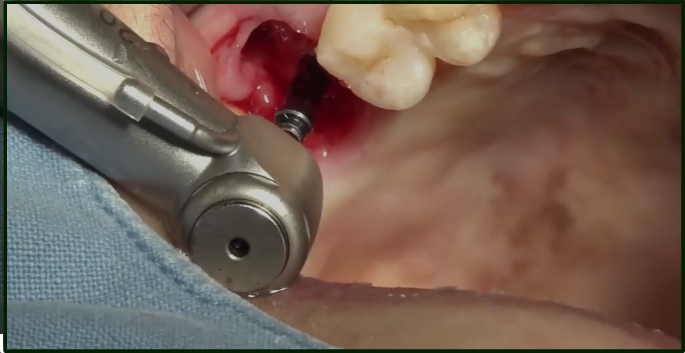Dentin Bone Graft: Top Tips For Successful Usage

Dentin bone graft is a remarkable solution in the dental field, offering a unique approach to bone regeneration. Unlike traditional methods, this bone graft solution involves using human tooth material, specifically dentin, as a grafting material. Dentin is the hard tissue beneath the enamel and is rich in growth factors and proteins that play an important role in promoting bone regeneration.
This innovative technique utilises extracted teeth as a valuable resource for grafting procedures. The dentin is processed to retain its biological properties, making it an excellent option for enhancing bone volume and supporting dental implant procedures. In this article, we will explore the essential tips for effective usage of Dentin Bone Graft.
5 Tips When Using Dentin Bone Graft
-
Thorough Patient Assessment: Before considering a dentin bone graft, it is essential to conduct a comprehensive assessment of the patient's medical history, oral health, and bone condition. Identify any underlying issues that may affect the success of the grafting procedure. This meticulous evaluation ensures that dentin grafting is a suitable and effective option for the specific patient.
-
Using High-Quality Material: A high-quality dentin bone graft is essential for successful outcomes. Collaborating with reputable oral bandage suppliers in the UK ensures that you have access to reliable sources for the materials. Quality assurance guarantees the absence of contaminants and maintains the biological properties essential for effective bone regeneration.
-
Precise Surgical Technique: The success of dentin bone grafting relies heavily on the precision of the surgical technique. Dental clinicians should be well-versed in the procedure, ensuring proper handling and placement of the dentin bone graft. Attention to detail during surgery minimises the risk of complications and enhances the graft's integration with the existing bone structure.
-
Postoperative Care and Monitoring: After the dentin bone grafting procedure, diligent postoperative care is essential for successful integration and healing. Provide patients with clear instructions for oral hygiene and follow-up appointments to monitor the graft's progress. Regular assessments help in identifying any issues promptly and make adjustments as needed.
-
Customised Treatment Plans: Every patient is unique, and their dental needs vary. Tailoring treatment plans according to individual requirements is crucial when using dentin bone grafts. Customisation ensures that the grafting procedure addresses specific bone deficiencies and aligns with the overall treatment goals, leading to optimal outcomes for the patient.
Conclusion
Incorporating dentin bone grafts into dental procedures requires a thoughtful and comprehensive approach. By adhering to these tips and collaborating with reputable oral bandage suppliers in the UK, dental clinicians can enhance the success of bone regeneration procedures, providing patients with optimal outcomes and improved oral health.
- Industry
- Art
- Causes
- Crafts
- Dance
- Drinks
- Film
- Fitness
- Food
- الألعاب
- Gardening
- Health
- الرئيسية
- Literature
- Music
- Networking
- أخرى
- Party
- Religion
- Shopping
- Sports
- Theater
- Wellness
- News


